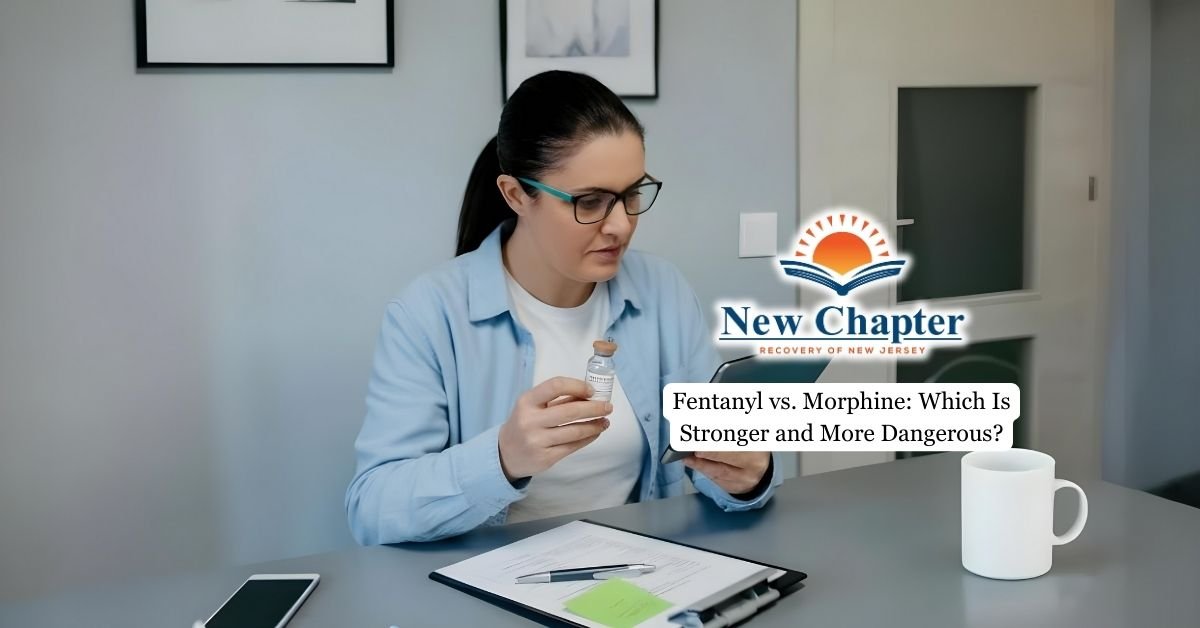Ativan is a short-acting benzodiazepine commonly prescribed under the generic name lorazepam. This sedative medication is used to treat anxiety or insomnia and can be beneficial when administered in measured doses. However, prolonged use can lead to dependence and significant withdrawal symptoms if discontinuation is abrupt.
Understanding the withdrawal timeline, the importance of proper detox methods, and the role of medical supervision is essential for anyone planning to stop taking this particular drug.

Ativan and Other Benzodiazepines: Understanding Dependence and Dose Factors
Ativan and other benzodiazepines enhance the action of gamma-aminobutyric acid (GABA), a neurotransmitter involved in calming the central nervous system. This mechanism makes benzodiazepine medications effective at alleviating anxiety or insomnia. However, when someone you know or an individual with a history of substance use begins to take the drug for extended periods or at higher doses, physical dependence can develop.
This dependence occurs because the brain becomes accustomed to the drug’s effects, leading to potential withdrawal syndrome if discontinuation is sudden. Many individuals start taking Ativan after receiving a prescription for panic disorder, insomnia, or even as a supplement to narcotic pain management. Over time, the body adapts to this sedative, which can make quitting cold turkey risky and would require professional assistance.
Common Ativan Withdrawal Symptoms
Ativan withdrawal symptoms can range from mild discomfort to severe, life-threatening complications. Symptoms usually begin within hours after the last dose and can persist for weeks or even months, depending on the duration of Ativan use and individual medical history.
The intensity of withdrawal symptoms often correlates with how long someone has taken the drug and at what dosage.
Typical withdrawal symptoms include anxiety, agitation, insomnia, restlessness, nausea, vomiting, increased heart rate, sweating, muscle tension, tremors, drug cravings, and mood swings. Severe cases may involve hallucinations, psychotic reactions, or seizures. Individuals with a history of substance use or co-occurring mental health disorders may experience withdrawal more intensely.
Medical supervision is recommended to manage symptoms and reduce the risk of severe complications.
Ativan Withdrawal Timeline
The Ativan withdrawal timeline varies depending on factors such as dosage, length of use, and individual health. Since lorazepam has a half-life of approximately 12 hours, symptoms may start within 8 to 24 hours after the last dose.
During the first 8 to 24 hours, early withdrawal symptoms emerge, including heightened anxiety, restlessness, and mild physical discomfort. Between days two and seven, the acute withdrawal phase typically peaks, with symptoms such as severe insomnia, agitation, nausea, and in some cases, psychotic reactions or seizures.
By days 10 to 14, acute symptoms start to lessen, but lingering withdrawal effects such as mood instability, anxiety, and sleep disturbances remain. Some individuals experience post-acute withdrawal syndrome (PAWS) for weeks or months, characterized by persistent anxiety, depression, and intermittent rebound effects.
Relapse is a significant concern during withdrawal, especially if symptoms become unbearable. A structured Ativan detox program can help minimize withdrawal discomfort and improve long-term recovery outcomes.
The Importance of an Ativan Detox Plan
A medical detox program provides professional oversight, monitoring vital signs, and managing co-occurring mental health concerns.
A tapering schedule is the safest way to discontinue Ativan. Gradually reducing doses allows the body to adjust, minimizing withdrawal symptoms and decreasing the risk of seizures or psychotic reactions. The tapering process may last several weeks, depending on the individual’s prior dosage and level of dependence.
Medical detox programs also incorporate supportive treatments, including adjunct medications like antidepressants to manage anxiety and insomnia. In some cases, alternative benzodiazepines with longer half-lives may be used to ease withdrawal symptoms before discontinuation.

Treatment for Ativan Addiction and Long-Term Recovery
Recovery from Ativan dependence extends beyond detox. Long-term treatment options help individuals rebuild their mental health and develop strategies to prevent relapse. Comprehensive addiction treatment programs typically include therapy and counseling, medical support, holistic interventions, and relapse prevention plans.
Therapy and counseling, particularly cognitive-behavioral therapy (CBT), help address anxiety, panic disorder, and substance use triggers. Medical support is essential for individuals experiencing persistent withdrawal symptoms, requiring ongoing care to manage insomnia, anxiety, and depression. Holistic interventions, such as mindfulness, physical activity, and stress management techniques, improve overall well-being.
Structured recovery programs provide coping skills to manage triggers and maintain sobriety long-term.
Final Thoughts from New Chapter Recovery
Seeking professional support is the safest way to prevent relapse, manage withdrawal symptoms, and rebuild mental health after Ativan dependence. New Chapter Recovery understands the challenges of benzodiazepine withdrawal and can help individuals struggling with ativan addiction by providing them with evidence-based treatment strategies tailored to individual needs.






